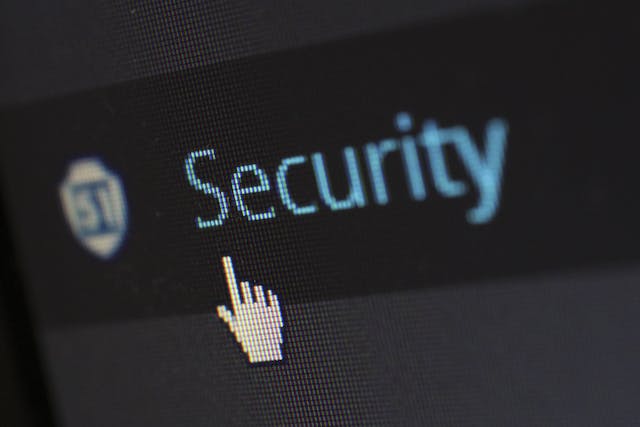For many, the idea of a smart home refers to one that not only second guesses what the homeowner may need but one that is safer when it comes to home security. A Swiss start-up has created the Mitipi device, which manifests as a virtual roommate named Kevin (after 1990’s Home Alone), and simulates noise and movement as though someone is in the house to deter burglars. Similar to the Google Home and Amazon Echo, Kevin is a smart speaker with the ability to control lights and emit other household sounds, giving the illusion that someone is home. Is technology helping us to better protect our home?
Live Streaming
At the heart of Kevin is live streaming technology. Live streaming has enjoyed precipitous growth over the past decade, fuelled in part by the Twitch platform, which allows gamers to live stream their games to an audience of around 45m users. Coupled with HTML5, the technology has also proven a boon to the casino industry, allowing websites like Betway Live to offer a more authentic experience with human dealers on webcam. Remarkably, lectures can now be live streamed for those in the class to re-watch should they need to make additional notes – or for students who had a late night and didn’t make it in to catch up. All that considered, it’s perhaps not too difficult to see how live streaming might slot into the security niche too.
Many people choose to live stream their homes while they are out. A step above a simple CCTV camera, live streaming allows homeowners to connect their smart device to their camera and watch in real time with good quality footage. For some, the very act of live streaming their house not only helps document any break-ins for insurance purposes but gives a sense of peace of mind for the homeowner. Indeed, some may even take this a step further and use live streaming technology to monitor their pets while they’re out of the house. Live streaming animals left at home can help owners who have to work feel connected still to their pet, especially when they see how well they get on left alone.
Smart Home Protection
If smart homes are really to epitomise the future, they will need to be incredibly well protected. While Kevin may work to deter would-be burglars, the savvier ones may see through the charade, especially in the case of a rollout to the majority of the population. But, there are others methods of defending the home with technology. The Netatmo Welcome goes one step further and uses facial recognition software in its niftily disguised camera (it looks like an ornament) to check if the right occupants are in the house, and alerts the user if any windows, doors, or gates are triggered. Facial recognition software is being quickly absorbed by a number of sectors. The gaming industry is known for being an early adopter of new technology, and Manchester-based Cubic Motion leads the way in facial recognition for video games, allowing the avatar on screen to replicate your own image. The most famous case of facial recognition though lands on Apple’s doorstep with the iPhone X facial recognition unlocking software, which shows another example of using facial recognition for additional security. Also consider services like http://vivint.security as a great option.
Smart Lights
Burglars often try to the doorbell before attempting to break-in, and when there is no response from it, do the nefarious deed. But, with the BeON Smart Security Lighting, the device can turn a light on at the ring of a doorbell. Replicating the action of someone checking who’s at the door and deciding not to answer when they don’t recognise the caller, the system can be trained to mimic a lighting schedule to further the illusion that someone is home and isn’t happy about unsolicited house calls. Turning lights on remotely is nothing new – Easybulb allows lights to be controlled with a smartphone. While it might be useful sitting on the sofa, this can also be used to turn lights on in the house if it gets dark and you won’t be home for a while, to give the impression someone is back or to light the way for your return.
While many consider a smart home to contain luxuries and easy features that make life simpler, a lot of the technology actually points to making homes safer. Applying technology that has been used effectively in areas of industry, for example the Cobots (co-working robots) that adorn BMW factories could lead the way. By employing smart features of security, burglaries can be made a lot more difficult to accomplish and eventually the smart home of the future will be completely impenetrable.

